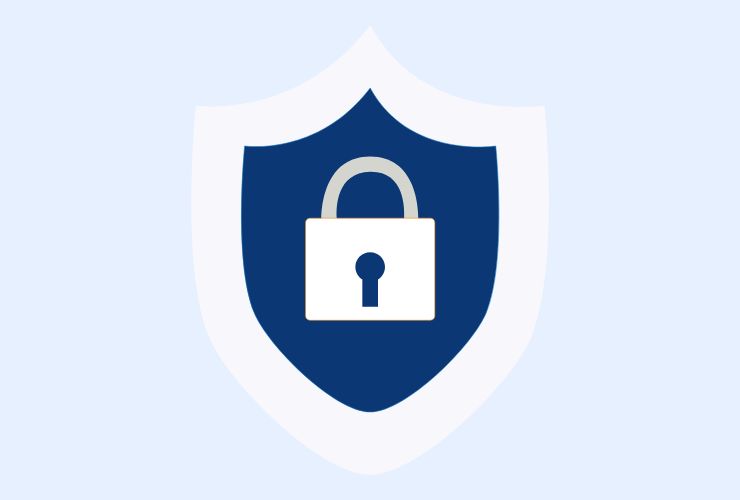Application security is one of the most important things in a business and in a developer’s life. In case you are building applications using.NET, then securing your code and data is essential. One vulnerability may bring down your whole system, leading to data breaches, loss of customer trust, and even heavy financial penalties. The good news is that.NET offers a strong set of security features and tools that can help secure your applications. In this post, we are going to delve into some of the key tips and tools that help you secure your.NET applications effectively.
1. Use HTTPS Everywhere
The simplest and most important step to secure your.NET applications is making sure that all communication between the client and the server is encrypted. Data encryption in transit via HTTPS prevents an attacker from intercepting login credentials or other sensitive information that may be used against the application.
Implementation:
As a final step, just to make sure that HTTPS is implemented, redirect all HTTP requests to HTTPS in the application configuration within the Startup.cs file. Use an SSL certificate issued from a trusted certificate authority.
2. Authentication and Authorization
Authentication checks the identity of users, whereas authorization defines what actions are allowed to be performed by them. The.NET has built-in authentication and authorization mechanisms, such as ASP.NET Identity and OAuth, that can be used to secure your application.
How to do it:
- Use ASP.NET Core Identity to handle the authentication of your users and roles.
- Investigate other third-party authentication providers, such as Google, Facebook, or Microsoft to make logins easier.
- Use role-based or claim-based authorization to manage access controls over different parts of your application.
3. Prevent SQL Injection Attacks
SQL injection is a really common attack that exploits the vulnerability at the query time against any database. An attacker can inject malicious SQL statements into an application by using an application’s input fields to gain access or even modify your database. Fortunately,.NET has many tools that can help prevent these attacks.
How it works:
- Use parameterized queries and never use SQL statement concatenation with user input. Use ORM tools like Entity Framework to automatically handle query parameters in a secure way.
- Check and sanitize the user’s input often to be sure that no malicious input will enter.
4. Encrypt Sensitive Data
It guards data both at rest and in motion through encryption.
There are multiple encryption libraries from.NET. One of the most prominent major libraries is symmetric as well as asymmetric encryption under the System.Security.Cryptography namespace.
How to do
- Use AES or RSA libraries from.NET to encrypt sensitive information like password, API key and other personal details.
- Secure storage of encryption keys using Azure Key Vault or equivalent services.
5. Error Handling
Good error messages reveal the inner structure of your application, meaning that an attacker can easily trace vulnerabilities in the application. Proper handling of errors ensures errors are logged and no technical details of the error reach the user’s hands.
How to do this:
- Use customized error pages and display a message to the users while hiding technical details.
- Record errors safely using Serilog or NLog in case for later debugging while not disclosing inner code
6. Dependency Updates
Outdated libraries and dependencies may introduce vulnerabilities into your .NET application. Upgrading packages and frameworks can help in accessing the latest secure versions.
How to Do:
- Manage your .NET dependencies via NuGet and keep them up to date.
- Perform periodic scans for available security patches, as well as apply those when found.
7. Static Code Analysis Tools
Static code analysis tools allow you to identify vulnerabilities and potential security issues in your code even before it hits the production floor. It scans the whole codebase for common security issues such as XSS, insecure data handling, etc.
Implementation:
- Use tools like SonarQube, Veracode, or Fortify to do static code analysis on your.NET applications.
- Second, integrate security scans into your CI/CD pipeline so that vulnerabilities get caught early in the development process.
8. Secure API Endpoints
If the .NET application exposes APIs, it must ensure to secure those endpoints to avoid access by unauthorized parties. Use authentication and rate limiting to protect your APIs from abuse.
How to implement:
- Use OAuth 2.0 or JSON Web Tokens (JWT) for the authentication of the API.
- Enable rate limiting against brute-force attacks on your API endpoints.
- Validate and sanitize all inputs so that only authenticated users can access APIs.
Conclusion
It would need a holistic approach toward securing your.NET application through encryption, authentication, input validation, and security audits. Use the tools and tips above, and you’ll be able to reduce the risks of security vulnerabilities and protect your application and users from malicious attacks. Regular updates in knowledge and practices are very important because new security threats emerge constantly.














